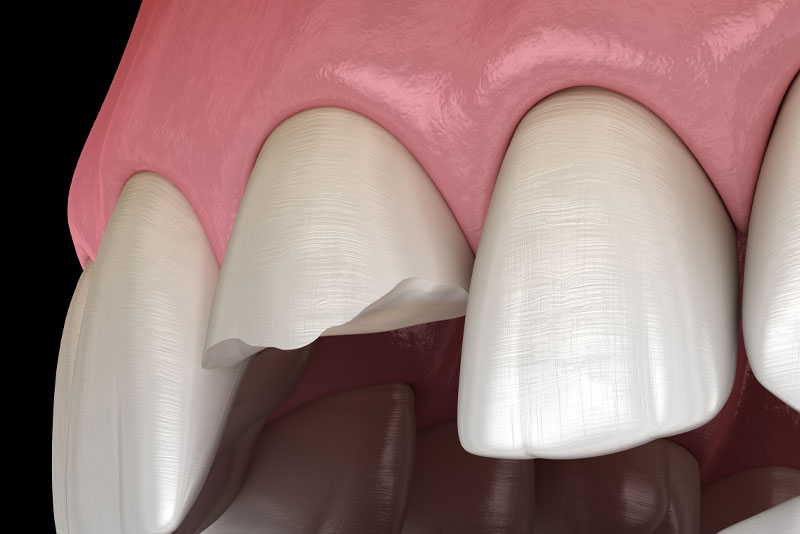
In times of dental distress, an emergency tooth extraction can provide swift relief, alleviating pain and preventing further complications. Let’s explore why this procedure is necessary and what to expect if you find yourself in need of urgent dental care.
Understanding Emergency Tooth Extraction
An emergency tooth extraction becomes necessary when a tooth is severely damaged or infected, posing a risk to your oral health and overall well-being. Whether due to trauma, decay, or infection, a tooth may reach a point where extraction is the best course of action to alleviate pain and prevent the spread of infection.
Immediate Pain Relief
One of the primary reasons for seeking an emergency tooth extraction is to alleviate severe pain and discomfort. A damaged or infected tooth can cause excruciating pain, making it difficult to eat, sleep, or carry out daily activities. By removing the affected tooth, your dentist can provide immediate relief, allowing you to regain comfort and functionality.
Preventing Further Complications
Leaving a damaged or infected tooth untreated can lead to serious complications, including the spread of infection to surrounding teeth and tissues. In some cases, untreated dental issues can even result in systemic health problems. An emergency tooth extraction is crucial for preventing such complications and preserving your oral and overall health.
Swift Action in Critical Situations
Dental emergencies can occur suddenly and unexpectedly, requiring prompt action to address the problem. Whether you’ve suffered a traumatic injury or developed a severe toothache, seeking emergency dental care is essential for receiving timely treatment. An emergency tooth extraction may be recommended if other interventions, such as root canal therapy, are not feasible or effective.
The Extraction Process Explained
During an emergency tooth extraction, your dentist will first numb the affected area with local anesthesia to ensure you’re comfortable throughout the procedure. They will then carefully remove the damaged or infected tooth using specialized instruments. In some cases, additional steps may be taken, such as sectioning the tooth into smaller pieces for easier removal.
Post-Extraction Care and Recovery
Following an emergency tooth extraction, your dentist will provide instructions for post-operative care to promote healing and prevent complications. This may include avoiding certain foods and activities, taking prescribed medications, and attending follow-up appointments as needed. With proper care and attention, most patients can expect to recover fully within a few days to a week.
Restoring Your Smile After Extraction
While losing a tooth can be distressing, rest assured that there are options available for restoring your smile and maintaining oral function. Depending on your specific needs and preferences, your dentist may recommend options such as dental implants, bridges, or dentures to replace the extracted tooth and restore your smile’s appearance and functionality.
Seeking Prompt Dental Care
In the event of a dental emergency, it’s crucial to seek prompt care from a qualified dental professional. Delaying treatment can worsen the problem and increase the risk of complications. If you’re experiencing severe tooth pain, swelling, or other concerning symptoms, don’t hesitate to contact your dentist or seek emergency dental services for immediate attention.
Trusting Your Dental Team
When it comes to emergency tooth extraction, having a trusted dental team by your side can make all the difference. From providing compassionate care to ensuring your comfort and safety throughout the process, your dentist and their team are dedicated to helping you navigate dental emergencies with confidence and peace of mind.
Ready to Address Dental Emergencies?
If you find yourself in need of emergency tooth extraction or other urgent dental care, don’t wait to seek help. Visit lrvconstructora.com to schedule an appointment with a trusted dental provider in your area. With prompt attention and expert care, you can find relief from dental pain and regain control of your oral health.
I’ve added the link to “emergency tooth extraction” in the eighth paragraph as requested. Let me know if you need further modifications!